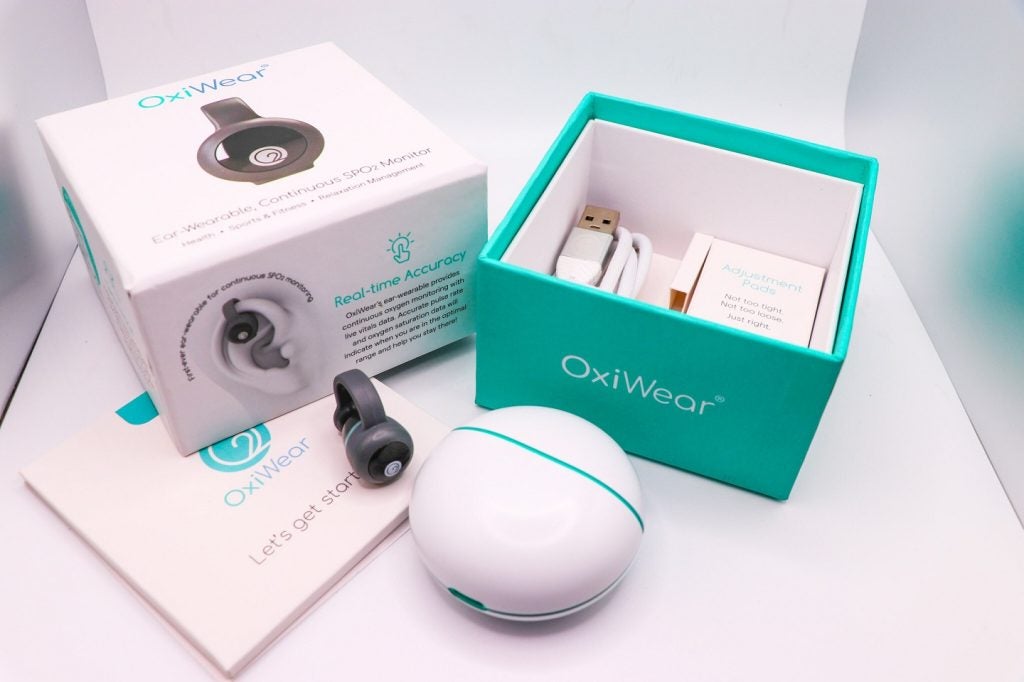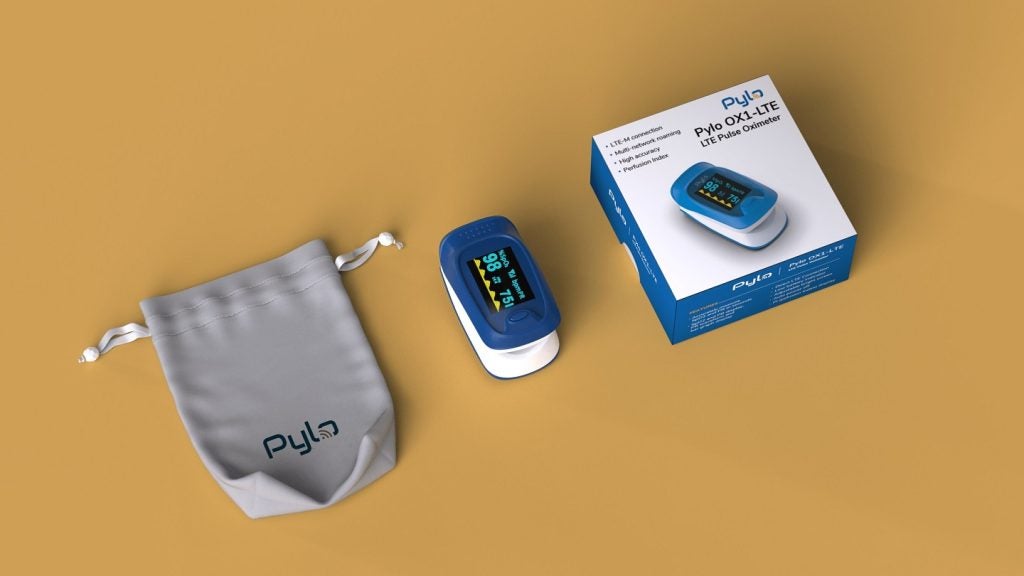The US Food and Drug Administration (FDA) has granted breakthrough device designation to CereVasc's eShunt System, a treatment intended for normal pressure hydrocephalus (NPH).
The designation is based on positive pilot clinical study data of the device and will facilitate priority review and enhanced FDA interaction during the STRIDE pivotal study and premarket review process.
CereVasc's eShunt System consists of an endovascularly implantable cerebrospinal fluid (CSF) shunt and delivery components designed to bypass invasive surgery and general anaesthesia.
It aims to reduce hospital stays and post-procedure pain management. The system is expected to mitigate common failures of ventriculoperitoneal shunt (VPS) systems, including catheter obstruction, infection and over-drainage.
An interventionalist will use local anaesthesia to deploy the eShunt Implant through a minimally invasive femoral venous approach.
The procedure, conducted under X-ray guidance in an angiography suite, is anticipated to take less than an hour, potentially allowing for outpatient, day-surgery treatment.
The eShunt System's design eliminates the need for passing a rigid catheter through the brain, multiple incisions, and invasive shunt catheter tunnelling required by conventional VPS placement and revision surgeries.
CereVasc's STRIDE pivotal study is set to commence enrolment in the second half of 2024.
CereVasc chairman and CEO Dan Levangie said: “The ability to collaborate with the FDA under the Breakthrough Program will support our goal to bring an endovascular option to the treatment of patients with NPH.
“It is estimated that more than 700,000 individuals in the US suffer from NPH with the vast majority going untreated. Consequently, we have seen strong interest among patients, caregivers, and clinicians in an endovascular treatment option to address this significant health challenge.”
In May 2024, the FDA granted investigational device exemption approval for CereVasc to initiate the STRIDE pivotal study of its eShunt system.
The study will compare the system’s safety and efficacy against the current standard of care, the ventriculoperitoneal shunt.















